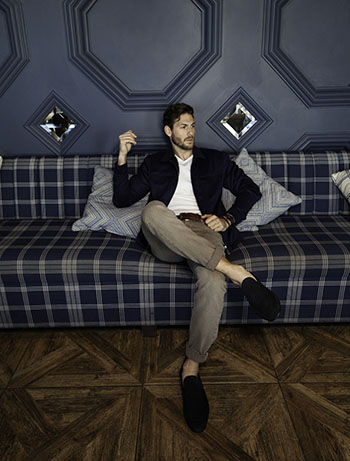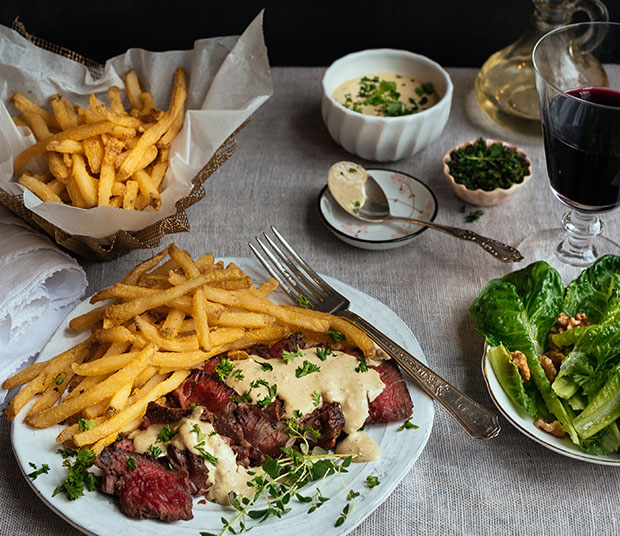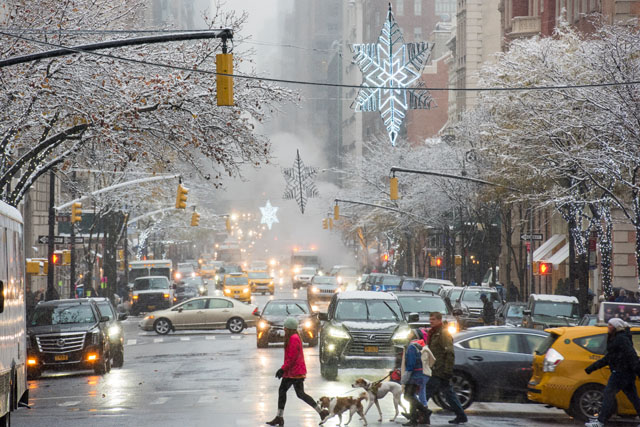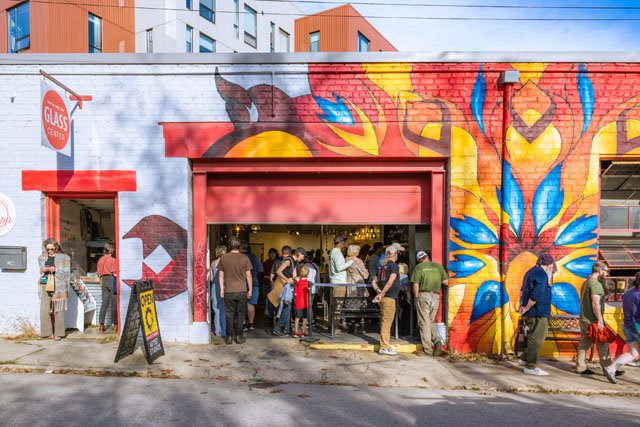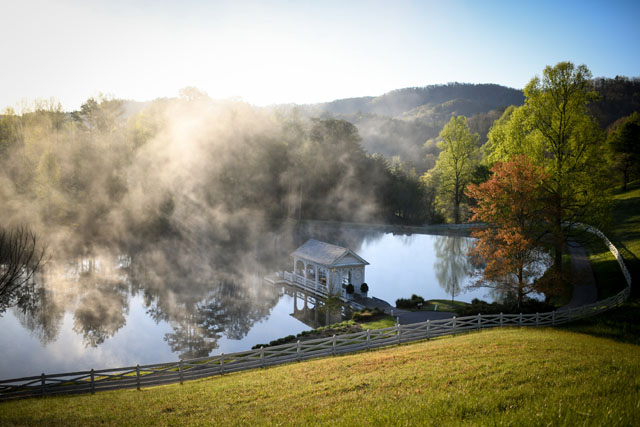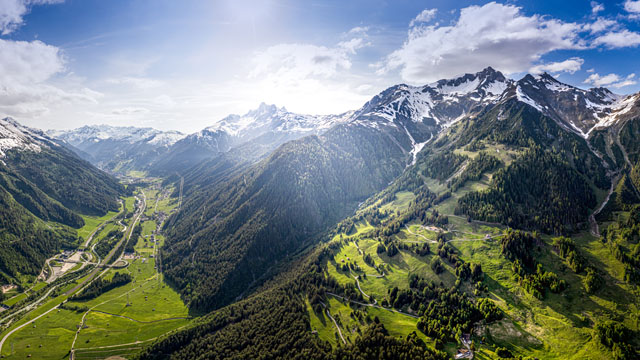Left-Bank Love
06 Jan 2022
Though Saint Germain des Pres is, as the crow flies, just half a mile from the Louvre, the neighborhoods couldn’t be more different
by Katie McElveen
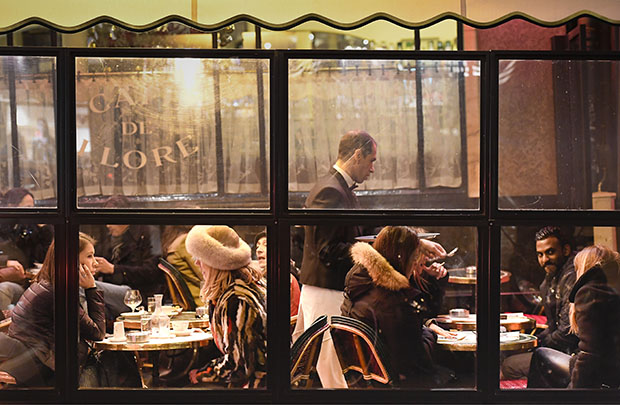
I love a resort as much as anyone, but when I’m ready to immerse myself in a different culture, I head for a city where new foods, customs and experiences await. In Paris, my neighborhood of choice is Saint Germain des Pres, an ancient quarter on the Left Bank of the Seine River. Though Saint Germain des Pres is, as the crow flies, just half a mile from the Louvre, the neighborhoods couldn’t be more different.
Grand boulevards and formal gardens comprise the area around the Louvre, a massive complex that started life as a 16th-century palace before being transformed into an art museum during the French Revolution.
Saint Germain des Pres, on the other hand, resembles a small village where locals purchase their daily baguettes from their favorite baker, dogs frolic in centuries-old fountains, and kids in school uniforms whiz by on scooters.
It’s exactly why Laurence Tafanel chose this part of the city as the location for Esprit Saint Germain, the 28-room boutique hotel she opened in 2004. Set within two 17th century buildings that took three years to renovate, the hotel, with its residential-style living rooms, small self-serve bar, and dramatic art, resembles one of the chic Parisian apartments that surround it. Rooms, many with their original wooden beams, are done in pale neutrals and have modern bathrooms with showers. A few have balconies; one has a full kitchen. All the rooms were renovated in 2020. “I wanted to create a place where I would like to stay,” she explains. “The open bar encourages guests to enjoy the living room, just as they would in their own homes.”
But it’s the neighborhood that she adores. “It’s one of the few places in the city that still feels like old Paris,” says Laurence, who grew up around the corner. “You can walk everywhere, and all of the shops are local. Most of our guests cross the river for tours but spend the rest of their time within a few blocks of the hotel.”
It’s easy to see why. Atelier Rouliere, a bustling restaurant just around the corner, was filled with locals enjoying carafes of wine and traditional bistro fare the night we arrived. Like many proprietors in the neighborhood, Jean-Luc, the chef and owner, didn’t speak a lot of English, but he was kind and patient, laughing as we stumbled together through his offerings. In the end, our dinner—artichoke salad, grilled veal with mushrooms and, for dessert, almond-crusted pain perdu—couldn’t have been more delicious; the complimentary glass of dessert wine he delivered made us feel welcome. We had similar experiences at Marco Polo, where the maitre d’ found a table for us during an especially busy night, and at L’Affable, a pretty bistro where the Sunday night special is a dish from the chef’s grandmother’s recipe box.
Culture also comes easily on this side of the river. At the Rodin Museum, I strolled through a mansion filled with works by Van Gogh, Renoir, Rodin, and others. After a leisurely lunch at the museum’s outdoor cafe, I explored the sculpture garden, where works such as The Thinker are set amid towering plane trees and neat boxwood hedges.
Though it played a key role in the book The DaVinci Code, Saint Sulpice church, a 17th-century marvel located directly across the street from Esprit Saint Germain, tends to be blissfully quiet. Within the church’s empty Chapel of the Holy Angels, I wandered past the trio of massive Delacroix paintings that have decorated the space since 1861. The church’s 19th-century organ is even more famous than the church that houses it; each Sunday at 10:45 am, a free concert precedes the 11:00 am mass; there’s usually also a brief recital after the service.
There’s also shopping galore in Saint Germain, from the antique shops, hat makers, candle stores, and clothing boutiques that line the sidewalks near the hotel to the designer ateliers—think Saint Laurent, Celine, and Prada—set on rue de Grenelle. I always make time to visit Citypharma, where I can find French cosmetics at steep discounts, as well as the Bon Marche, an elegant department store that’s been open since 1858.
Of course, I do cross the river occasionally. On a drizzly Saturday, I found myself dodging umbrellas as I walked along rue Montorgueil, a vibrant pedestrian-only street that runs perpendicular to the river as it makes its way toward Sacre Coeur. I was on my way to the Secret Wine Door for one of sommelier Erwan Leo’s wine and cheese pairing classes. For the next two hours, as our group of eight sipped and nibbled, Erwan taught us not just how to pair, but lots of wine and cheese basics, including the fact that it’s considered bad manners in France to cut the point off Brie. Turns out the correct method is to cut on the long side so that everyone gets a taste of the whole cheese, which ripens from the outside in.
I was up early the next morning to meet Thierry Collegia, who would lead me and seven others through monuments, landmarks, and buildings that played a role in the French revolution. As any student can tell you, a history lesson is only as interesting as the person leading it. Thierry, clearly a born storyteller, didn’t just get the facts correct but told them in a way that made them both relevant and easy to grasp.
At the end of the day, I’m back in Saint Germain, where, after several visits, I’m comfortable with the odd ordering procedure at the patisserie around the corner, have (finally) memorized the name of the runny cheese I like at the fromagerie and know exactly how to get to my favorite part of Luxembourg Garden. It makes this part of Paris as relaxing as a resort, but with a side of culture.
If you go:
Hotel Esprit Saint Germain
hotel-esprit-saint-germain.com
L’Affable
Laffable-restaurant.fr
Atelier Rouliere
@atelier_rouliere
Marco Polo
restaurant-marcopolo.com
Secret Wine Door
secretwinedoor.com
Thierry Collegia
parisology.net

